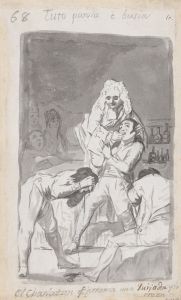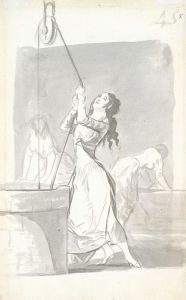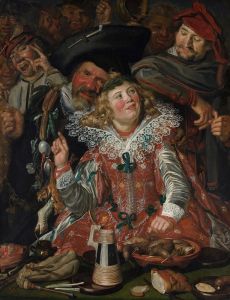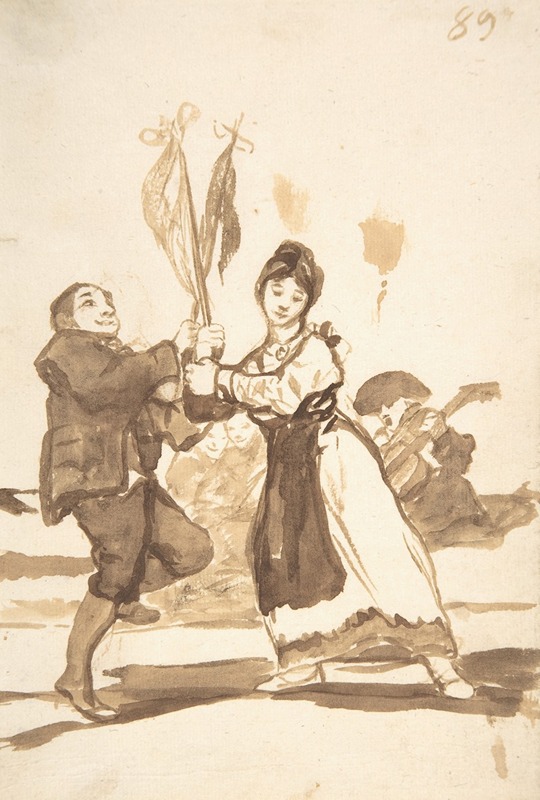
A country dance
A hand-painted replica of Francisco de Goya’s masterpiece A country dance, meticulously crafted by professional artists to capture the true essence of the original. Each piece is created with museum-quality canvas and rare mineral pigments, carefully painted by experienced artists with delicate brushstrokes and rich, layered colors to perfectly recreate the texture of the original artwork. Unlike machine-printed reproductions, this hand-painted version brings the painting to life, infused with the artist’s emotions and skill in every stroke. Whether for personal collection or home decoration, it instantly elevates the artistic atmosphere of any space.
Francisco de Goya's painting A Country Dance (Spanish: Baile a orillas del Manzanares) is a notable work by the Spanish artist, created during the late 18th century. This painting is part of a series of tapestry cartoons that Goya produced for the Royal Tapestry Factory of Santa Bárbara in Madrid. These cartoons were commissioned by King Charles III of Spain and were intended to serve as designs for tapestries that would decorate the royal palaces, particularly the Palacio del Pardo.
The painting depicts a lively rural scene featuring a group of people engaged in a traditional Spanish dance. The setting is outdoors, with a natural landscape in the background, likely inspired by the countryside near Madrid. The figures are dressed in typical 18th-century Spanish attire, with the men wearing short jackets and breeches and the women in colorful dresses. The composition captures the joy and energy of the dance, reflecting Goya's interest in portraying scenes of everyday life and popular culture.
Goya's tapestry cartoons from this period often focused on themes of leisure, entertainment, and the customs of the Spanish people. A Country Dance is no exception, as it celebrates the vibrancy of rural traditions and the communal spirit of dance. The work also demonstrates Goya's skill in capturing movement and emotion, as well as his keen observation of human behavior.
This painting belongs to Goya's early career, a time when he was establishing himself as a court artist. The tapestry cartoons allowed him to experiment with composition, color, and light, elements that would become central to his later, more mature works. The bright and cheerful palette of A Country Dance contrasts with the darker and more introspective tone of Goya's later paintings, reflecting the optimism of his early years.
The original tapestry based on this cartoon was woven to decorate the dining room of the Infante Don Luis, the brother of King Charles III. Today, the painting is housed in the Prado Museum in Madrid, along with many other works from Goya's tapestry cartoon series. The Prado Museum holds one of the most comprehensive collections of Goya's art, providing valuable insight into his development as an artist.
A Country Dance remains an important example of Goya's ability to blend artistic skill with cultural commentary, offering a glimpse into the social and cultural life of 18th-century Spain.





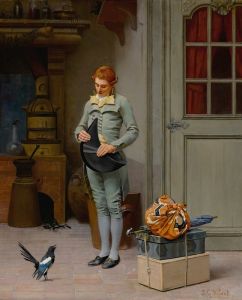
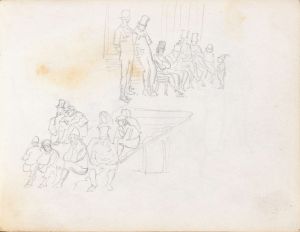
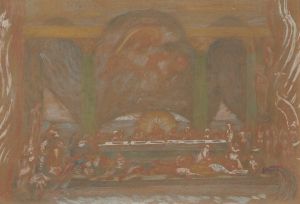
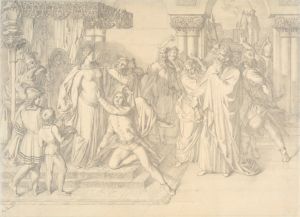
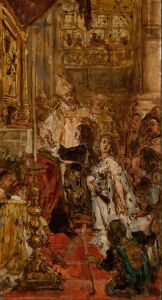
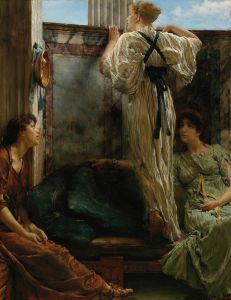
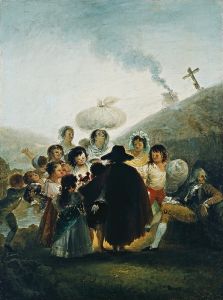
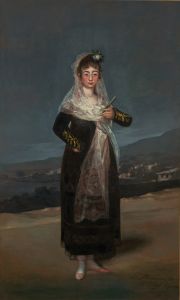

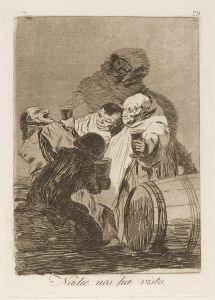
![There Is Something beneath the Sackcloth, i.e. You Can’t Judge a Man by His Clothes [The Men in Sacks]](/imgs/264663/s/francisco-de-goya-there-is-something-beneath-the-sackcloth-ie-you-cant-judge-a-man-by-his-clothes-the-men-in-sacks-eaec9eed.jpg)
